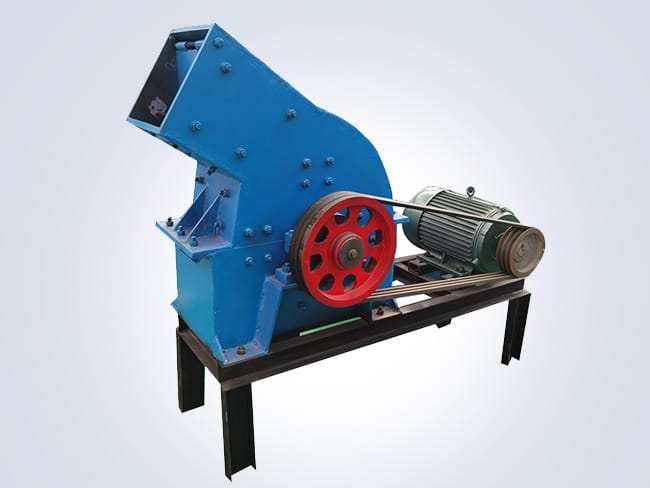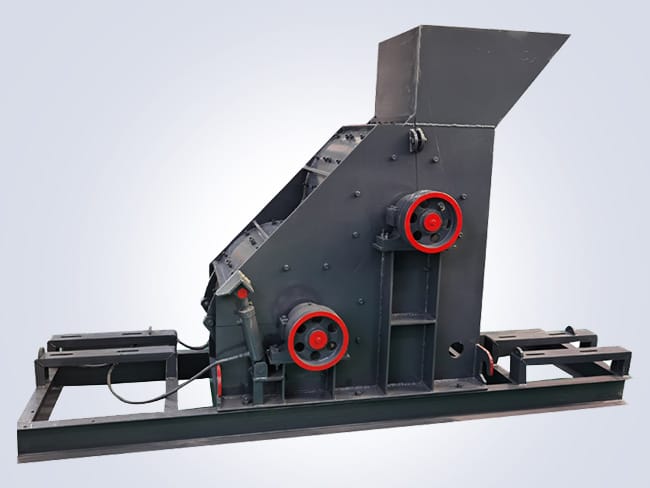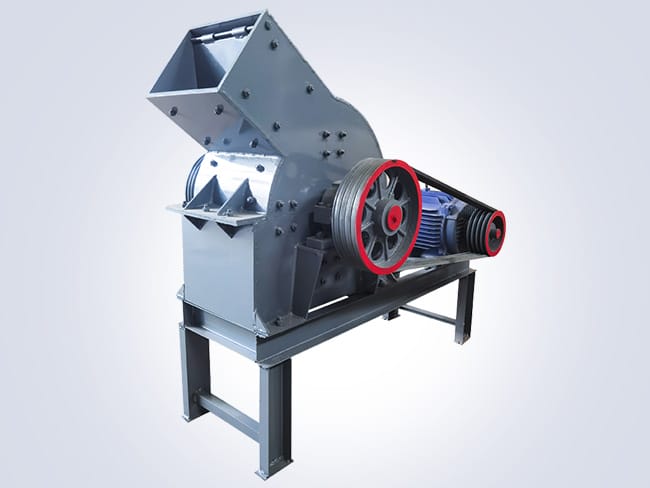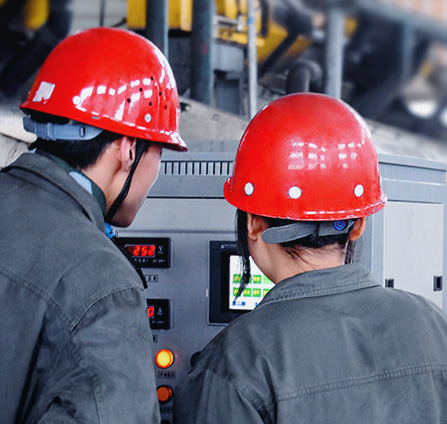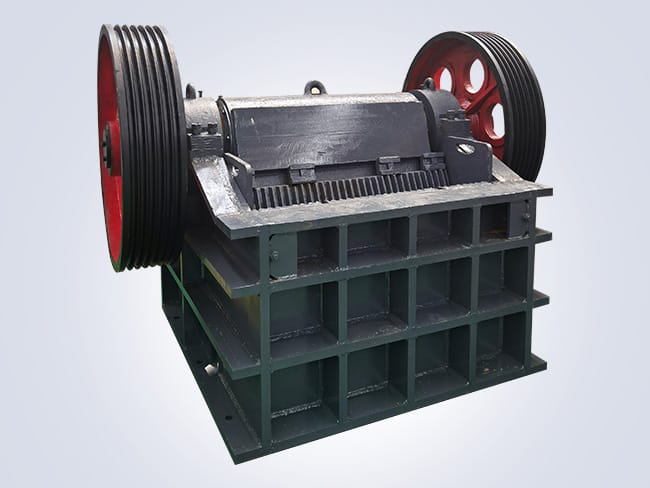
Jaw crusher, as a classic type of ore crushing equipment. Hold an irreplaceable position in industries such as mining, metallurgy, chemicals, and building materials. They are primarily used for the primary processing of various hardness ores and rocks. Renowned for their simple structure, robust durability, and ease of maintenance. With technological advancements. The design of these machines has been continuously optimized, enhancing efficiency and reliability.
Continuous operation achieved by jaw crusher
The working principle is based on the crushing action between a fixed jaw plate and a swinging jaw plate. Material is fed from the top into the space between the two jaw plates. With the periodic reciprocating movement of the moving jaw plate. The material undergoes crushing through squeezing, splitting. And bending actions. When the moving jaw plate moves away from the fixed jaw plate. The material that has been crushed to the appropriate size is discharged from the bottom, thereby achieving continuous operation.
Modern jaw crushers have not only made breakthroughs in performance but also improved in terms of environmental protection. For instance, by optimizing the chamber design and increasing the crushing ratio, they reduce dust generation; simultaneously, advanced vibration reduction technology lowers operational noise. Moreover, to adapt to different production needs, the equipment can flexibly adjust the size of its discharge opening according to the properties of the material and production capacity requirements, achieving the desired crushing effect.
In conclusion, with its efficient, stable, and reliable characteristics, this equipment remains an indispensable part of any ore crushing production line. As technology progresses, future jaw crushers will become even more intelligent, environmentally friendly, and efficient, providing strong support for raw material processing across various industries.




